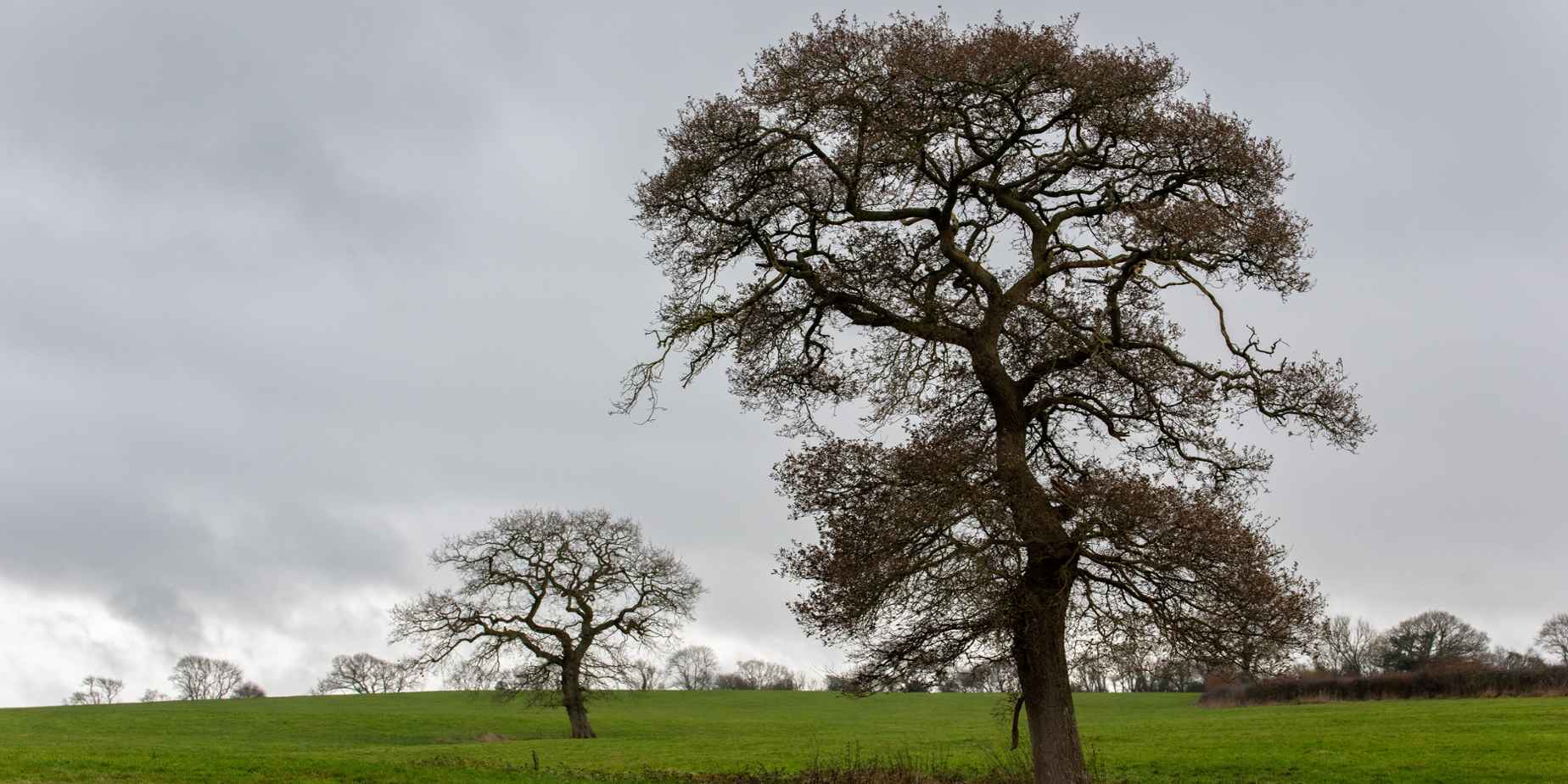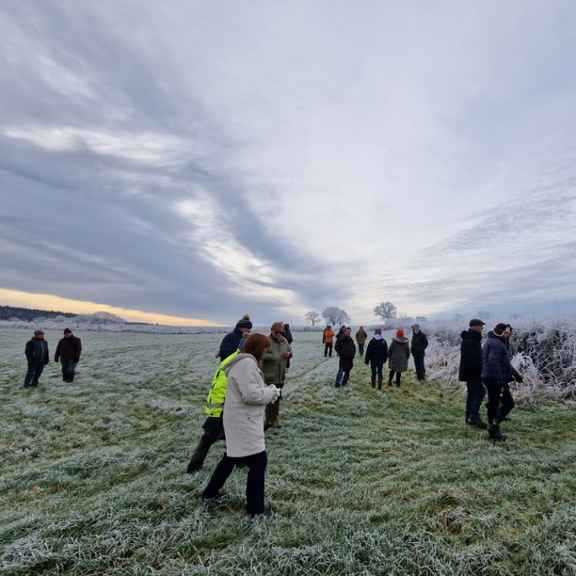Heal Rewilding has acquired its first landholding of 460 acres in Somerset, where it will create a new nature reserve - the first in a series it plans to establish in every English county.
The £5.25m site, to be called Heal Somerset, aims to tackle the nature and climate crises while creating new jobs and work for local tradespeople and businesses, with projects to be co-designed and delivered with the local community.
We spoke to Jan Stannard, Heal’s co-founder and Chair of Trustees, to learn more about their new nature reserve project.
Can you tell us about your rewilding project?
Our approach to rewilding is founded on the idea of restoring missing natural processes. Nature has a whole series of interconnected actions and disturbances in the land which support different groups of species – making the whole thing into a complex ecosystem.
In land that has been managed by humans for a long period of time there are usually missing natural processes. The first one is allowing wildlife to be ‘ecosystem engineers’ – if wild animals are left to live out their full lives they will naturally turn the land over, wallow in the earth, create areas of sunlight, and keep vegetation in check.
The process of rewilding has already begun and though it will take many years for nature to recover, we expect to see positive changes immediately, first small and then more visible within a couple of years.
What is the difference between conservation and rewilding?
What the UK needs right now is new space for nature to recover. The difference between rewilding and conservation is that conservation is about hanging on to what we have and rewilding is about creating new space for nature and managing that space for nature.
Conservation generally involves a target, such as managing this habitat for a specific type of species, such as birds or reptiles. Rewilding takes a big picture approach and we will see what turns up. We don’t have targets or goals. The land is not human managed apart from early interventions like pond creation, wildflower restoration or rewriggling rivers that have been straightened.
How can rewilding projects help combat the climate and biodiversity crises?
There are four ways in which rewilding can help combat the climate crisis: heal, grow, protect and prevent.
When land is used for nature, it becomes more resilient and a healing process happens as the soil biome improves, plants grow stronger. As plants and trees grow taller and bushier, they capture more carbon. We support the natural regeneration of trees with a bit of tree planting in some areas.
The carbon in soil is protected from being released in the air because the land is being protected – if it was ploughed or dug up for building, the carbon would be released. Managing land in this way also prevents emissions of greenhouse gases from fertilisers.
Nature will only recover if it has more space to thrive and we join a growing number of landowners across the UK who are making that happen.
How does rewilding protect and improve biodiversity?
Climate change is one of the biggest threats to biodiversity loss. As the climate changes, some species are unable to adapt. For us, improving biodiversity means creating new spaces for nature.
Nature is really good at bouncing back. Only some areas of our site will be open for people to access because if you leave nature undisturbed it thrives. We will see the numbers of small mammals increase – for example voles, shrews, field mice - which will in turn bring back raptors and especially owls. Once one part of the food chain thrives, the other parts are supported. You will see nature thriving across all types of animal and plant life.
This site will be a blueprint for establishing a major nature recovery site in all 48 English counties by 2050, together covering almost 25,000 acres.
How will you engage with local communities, and why is this an important part of your approach?
Before announcing our acquisition of the site, we engaged with the local community via a village hall meeting, talks with local landowners and neighbours, and an open morning to show local people around.
We listened to their thoughts and answered their questions, and we are building upon that initial communication engagement within our plans. There is an area of the site which could grow food for local people, make a wildflower meadow, or be used as a forest school, but we’re consulting with the community on how they would want to use that space.
Why do you think it is important for financial institutions to play a part in investing in nature?
We are absolutely delighted to have support from Triodos – to be able to demonstrate that supporting biodiversity through rewilding projects is a valuable, practical way to make a difference.
We really need more landowners to support biodiversity. If there’s land that becomes available that can be turned to nature and finance can support that – that is a really significant way of helping.
All organisations from every walk of business life needs to support biodiversity and nature for it to thrive. Heal Rewilding is a good example of how money can get things done – and this is an existential thing to achieve!







Thanks for joining the conversation.
We've sent you an email - click on the link to publish your post.